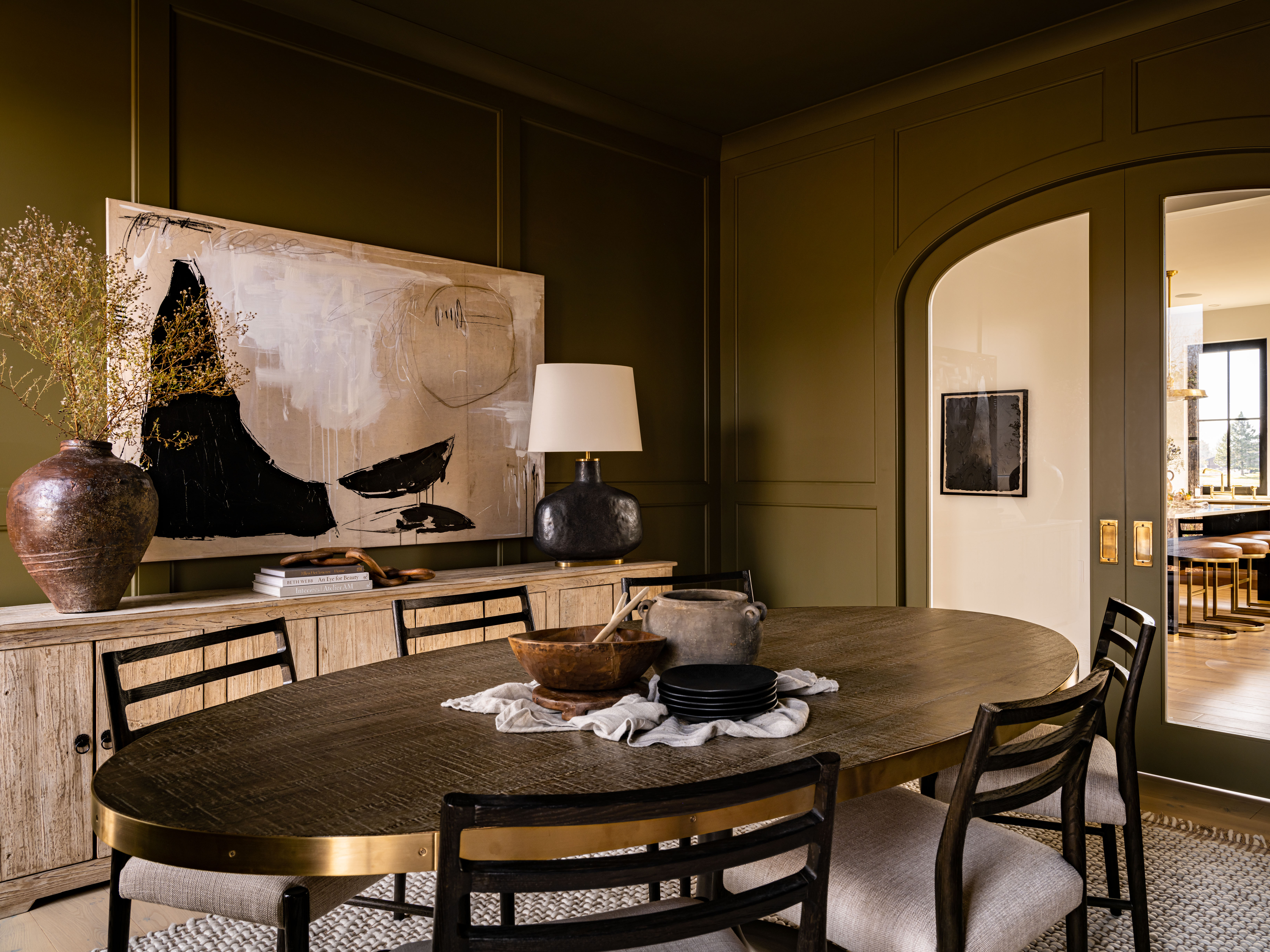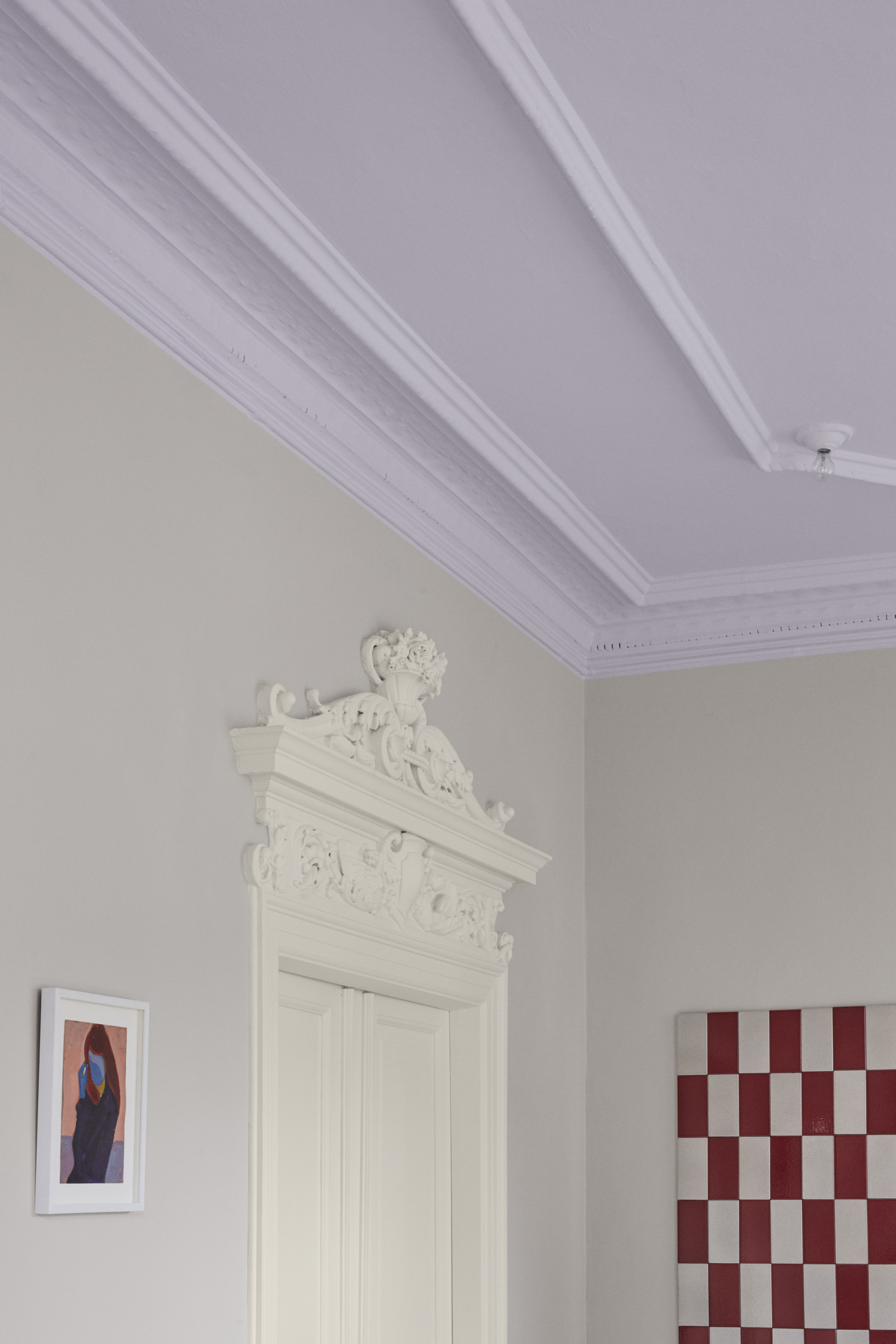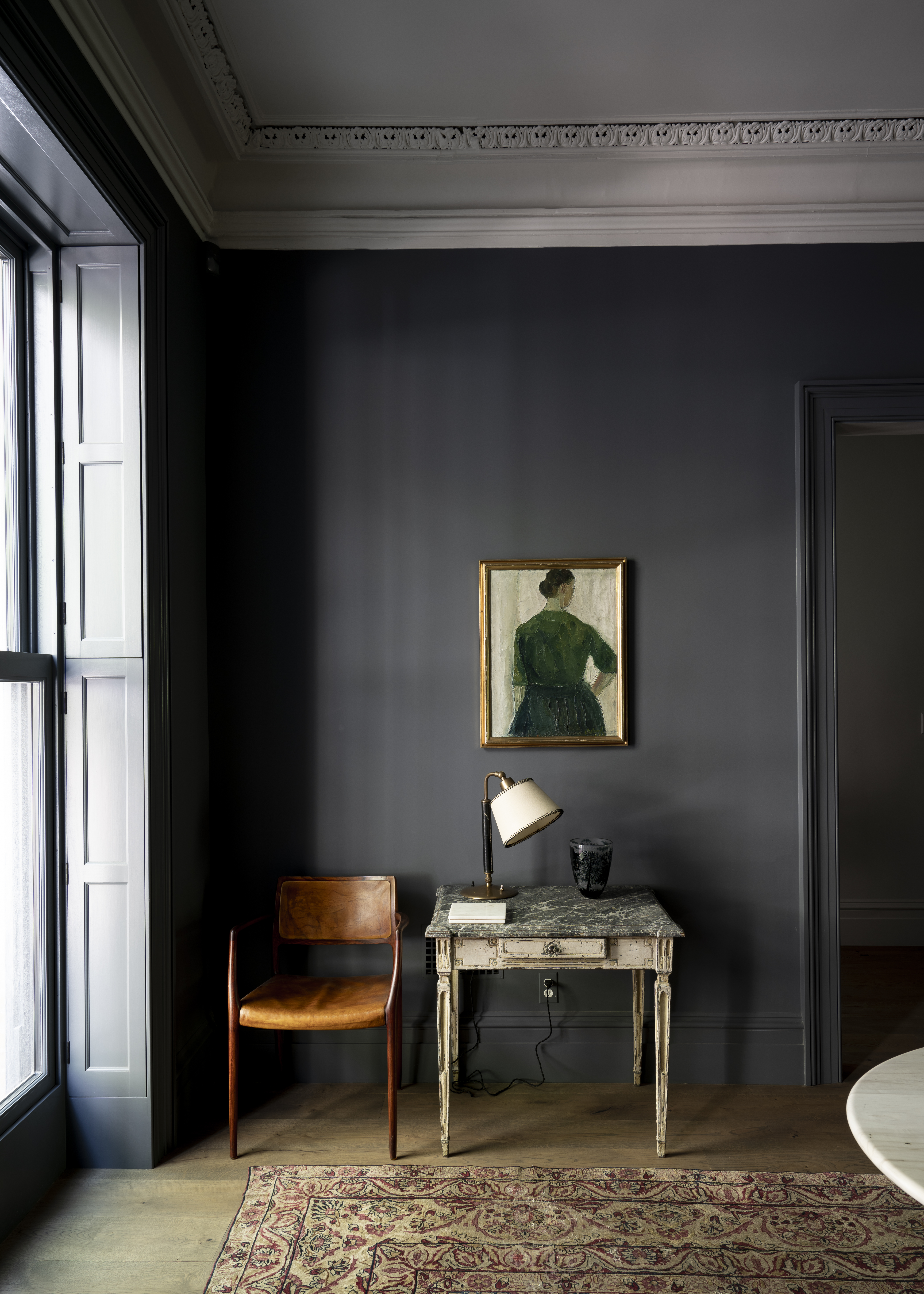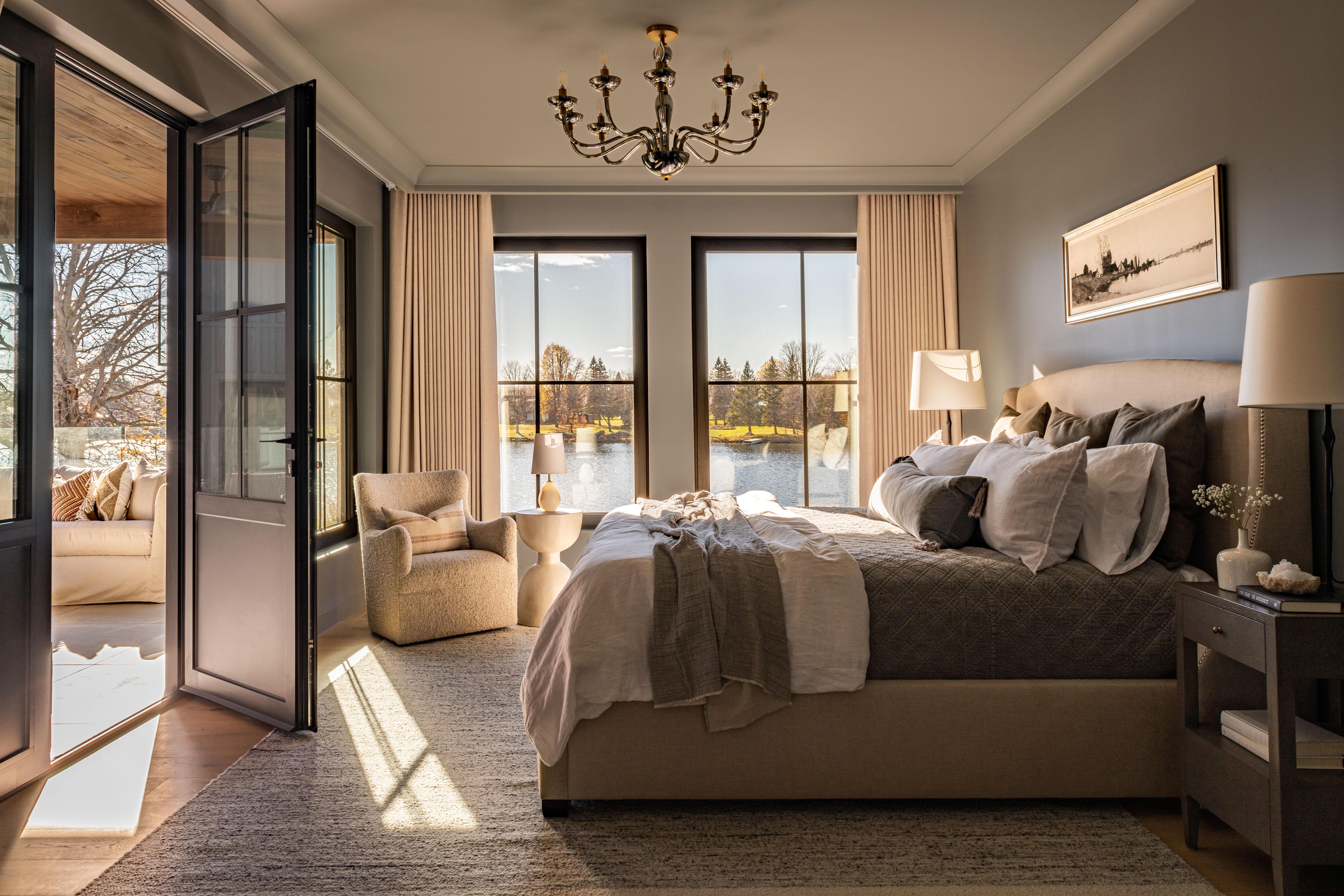
Planning a fresh new color scheme is exciting, but the details involved may leave you feeling a little lost. Not only do you need to plan the wall and ceiling color and the finish, but the trim is a huge detail which will take an entirely different effect depending on how you choose to color it.
From accentuating period details to allowing a soft blend between the walls and ceiling, interior design professionals let us in on how our decisions on these paint ideas will impact our spaces in the best possible way.
1. Where to begin?

There aren’t any particular rules when it comes to choosing the color of the trim, but there are quite a few elements to consider before making the final decision. Firstly, what is the style of the home? Sascha Lafleur, Co-founder & principal designer at West of Main Design gives the example, ‘In classic traditional homes, you'll often find contrasting trim and walls and sometimes this trim is stained rather than painted.’
Next, does the trim have a detail that you’d like to accentuate? ‘If your trim itself adds to the architectural character of the home, then painting it in a slightly different shade, or even a different sheen, can help draw attention to this detail,’ Sascha says.
Lastly, what effect are you trying to create? ‘When we want to create a moody, inviting experience in a space, we love painting trim, walls, and ceiling the same rich color. We use this same technique with lighter tones when we want to create an airy, bright space’, says Sascha.
Jenna Choate and Mariana Ugarte, co-founders and directors of Interior Fox agree with a painted ceiling matching the trim and walls, a trick that's come to be known as color drenching. ‘Generally we prefer using the same color for trims and walls. Consistency in color can create a sense of unity and flow in the room's design, making the room feel fresh and more modern. However, it works so well in older homes, and homes with original moldings.’ So if you’re looking to enhance traditional architectural features with a modern stance, a one-color strategy could be for you.
2. Creating a contrast

‘The trim is a hugely underestimated feature and can dramatically alter the whole appearance of the room,’ says Helen Shaw, International Director of Marketing at Benjamin Moore.
‘Flip the usual convention of white trim on its head and choose a darker color for your doors and skirting,' says Farrow & Ball’s Brand Ambassador, Patrick O’Donnell. ‘This feels overtly modern whilst not being a slave to trends and can add subtle detail of interest to a room.’
Opting for a different colored trim to the walls and ceiling can provide a bold contrast, creating a statement — this can be playful and showcase any original moldings. Alternatively choosing a different shade of the wall color, either lighter or darker, will allow for a more subtle contrast. ‘Colors that work particularly well for this are different tones within the same color family as there’s no chance of clashing. In terms of the finish, consider a higher finish such as semi-gloss or high-gloss to bring reflection and dimension to the slightly darker spaces,’ recommends Helen. Don’t forget, you can also include painting whole doors, door trims and window trims and even built-in cabinetry to really tie your scheme together.
3. What are the options and how to decide?

There are other options. ‘Most of us default to a white ceiling, and hence a white trim, this can create a beautifully balanced scheme, but this is also a hugely missed opportunity to add layers of design and color to a room,’ says Patrick. ‘If you have a lighter wall color, but you’d prefer to keep your ceilings white, using a much darker trim color can work really well. This technique helps to make a room feel more spacious, by ‘framing’ the largest surface area with a darker contrast. Introducing a more gentle shade of white on your ceiling or trim is a great way to soften your space. Rather than choosing a generic brilliant white that gleams too brightly, consider the color on your wall and select a white that shares similar color notes.’
This helps soften the boundary between wall, ceiling and trim. If you have settled for a wallpaper around the room, Jenna and Mariana from Interior Fox suggest choosing a similar color to the wallpaper design so that they work together as a collaboration, ‘Otherwise, if you’re aiming for an eclectic look, mixing and matching colors will portray your unique style’. It’s the perfect way to inject some individuality to your space. Equally, an all-encompassing floor to ceiling color is a lovely design choice. ‘It will create a strong statement look, providing the perfect foundation for your favorite furnishings and accessories. This effect can also make the space seem larger due to the seamless lines and edges’, says Helen.
Following the above guidelines from the experts will most likely make you realize the kind of impact you instinctively desire the space to have, and even if you want to become more adventurous with your choices, it may be the best design decision you make and could well top up your confidence levels too.
Price: $79.99/ 1 gallon of ADVANCE® Interior Paint
This white has a hint of grey in it which gives it depth.







